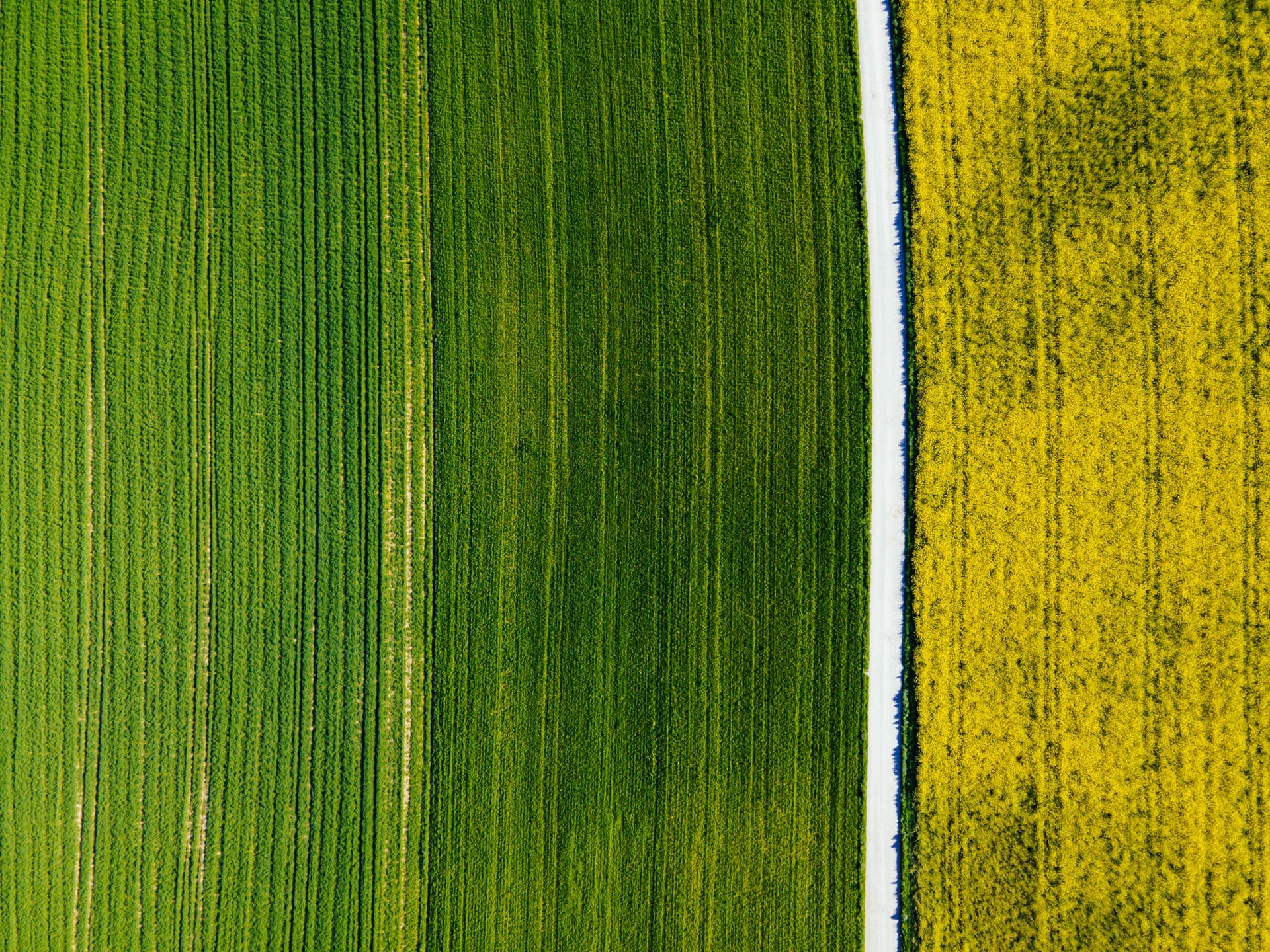As an intricate technology with multiple
subsets and types, artificial intelligence can provide agriculture with algorithms and applications of varying levels of complexity. For example, you can use AI in agriculture for something as simple as monitoring livestock vitals to identify health problems. Or you can
employ computer vision and classify tomatoes by variety
using machine learning. Or you can go even further and predict weather using
deep learning. If you do, AI will uncover weather patterns in historical data from satellites and sensors and spot pre-weather-change markers in real-time data to warn farmers about upcoming rains or storms.
All in all, the tasks that AI carries out in agriculture can be boiled down to
workflow automation (using robots to carry out tasks that previously involved humans),
data analytics (revealing inefficiencies by analyzing operational data), and personalization (growing sales by better adapting to demand). It may not seem like much but you can do a lot with a little. To get a better idea, let’s look at the basic processes of crop growing and livestock care.











